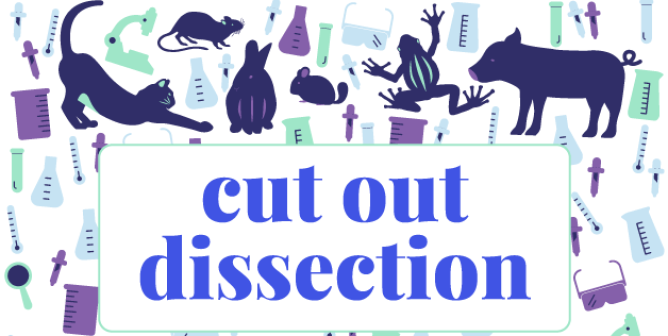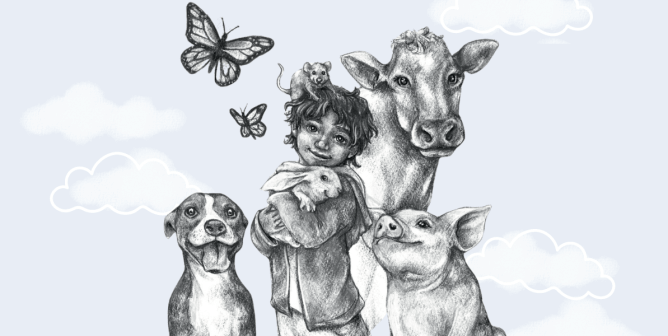Celebrate Earth Day by Saving Animals!
Earth Day is the perfect time to teach students about respecting the environment and making better choices for the well-being of the planet. Typical lessons include information on harmful habits that people have and their effects. The impact that those habits have on animals usually receives little to no discussion. At most, students learn that littering hurts other living beings, but why not take the lesson further?
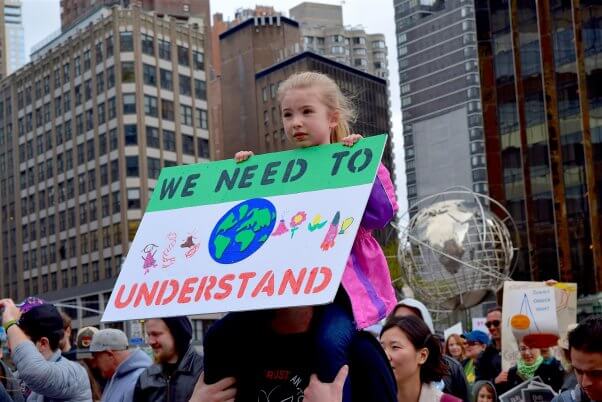
There are many other animals on Earth besides humans, and our actions affect them in a multitude of other ways. Leaving their plight out of environmental lessons is a disservice to both animals and students. After all, we should be preparing the next generation to save the planet—in order to do that, they will need access to all available relevant information that could help them. This year, send students the message that saving animals goes hand in hand with saving the Earth.
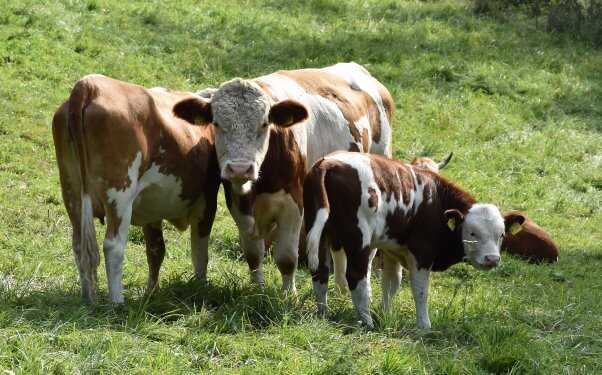
Review the following six facts about animal agriculture’s impact on the planet by printing or projecting them for students to read.
- Raising animals for meat wastes water. It takes more than 2,400 gallons of water to produce just 1 pound of beef!
- Animal agriculture causes deforestation. Countries around the world are bulldozing huge expanses of land, including tropical rainforests and pine forests. They do this in order to make room to raise more animals for food—or to grow crops to feed those animals.
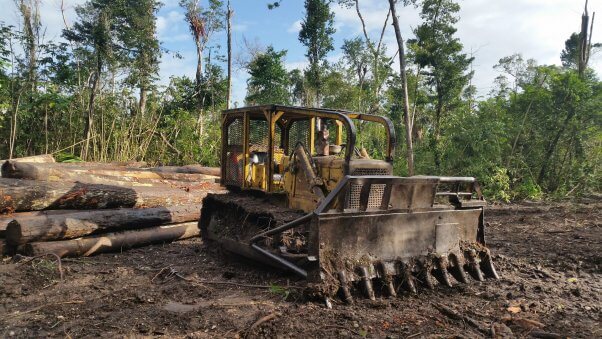
- Factory farms produce the greenhouse gases that cause climate change, one of the Earth’s biggest threats. More than half of them come from raising animals for food. Plus, factory farms also generate lots of other disgusting kinds of pollution (see fact #4)
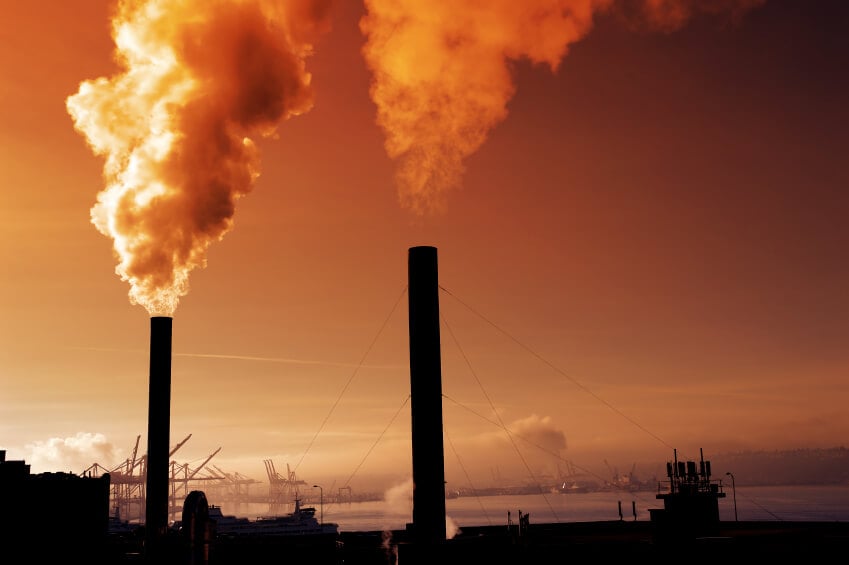
- Every day, animals on factory farms produce billions of pounds of manure, which pollutes lakes, rivers, and even our drinking water.
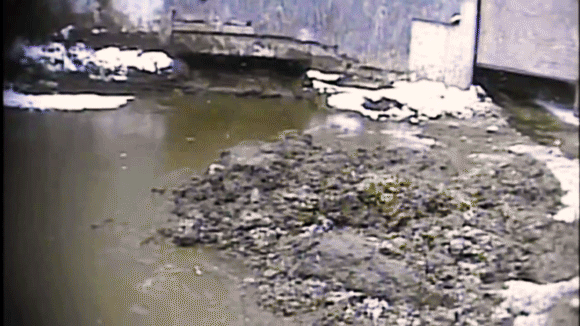
- Animal agriculture harms wildlife. Raising animals for food destroys wild animals’ homes, contributing to extinction. Farmers often kill wildlife for trying to eat the animals they’re raising for meat. The pollution released by factory farms also has a negative impact on wild animals. It is causing whole species to die off, and once a species is gone, we can’t bring it back.
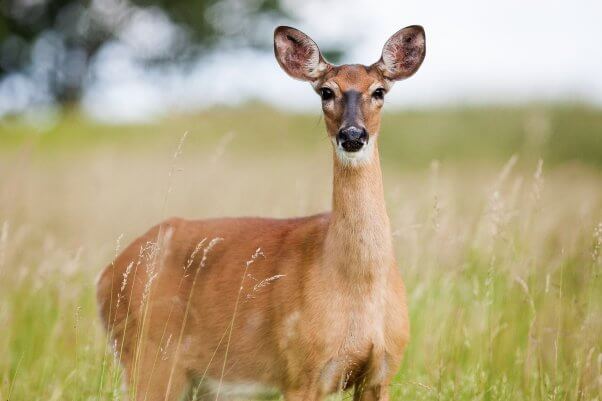
- Fishing kills all kinds of sea life. Each year, humans pull millions of tons of fish out of the oceans. For every 1 pound of fish they catch, they also accidentally catch and throw away up to 5 pounds of other sea animals. Can you imagine oceans with no fish in them? That might be the situation by the year 2048 if humans keep eating as many fish as they do now.
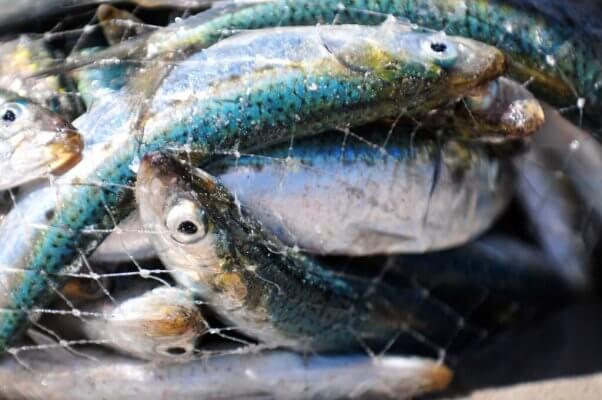
Activities
After students have analyzed the ways humans hurt animals and the planet, have them pick one area to research further and write about. To assess students’ understanding of the subject, have them create an informative poster, like the example below, that illustrates their chosen topic. Have them share it with the class, and then discuss.
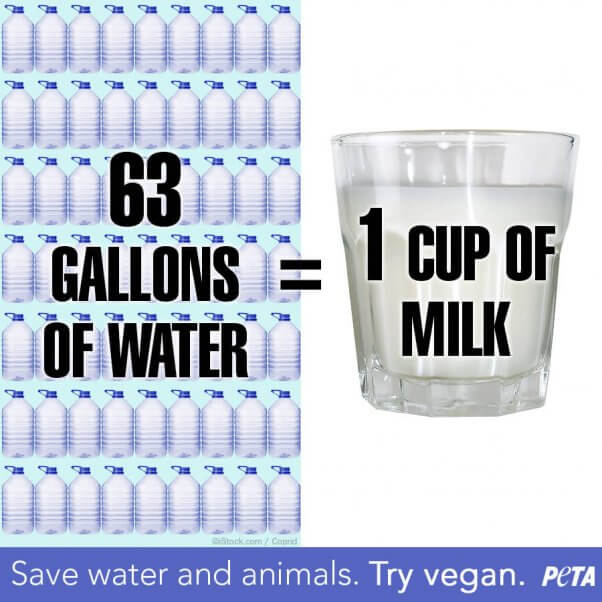
Want to take the lesson a step further? Allow students to practice their STEM skills by inventing their own solutions to one of the many problems that animals face. You can even help your school campus by taking a nature walk and cleaning up trash!
Need more tips? Check out our Lesson Plans and Activities section.
Become a TeachKind teacher and sign up for tips and more on humane education!
By submitting this form, you’re acknowledging that you have read and agree to our privacy policy and agree to receive e-mails from us.

